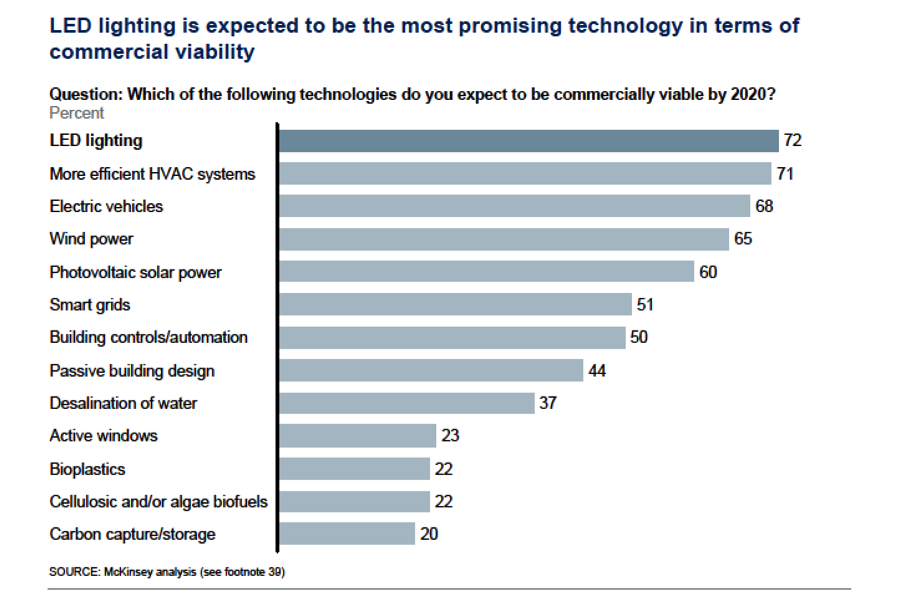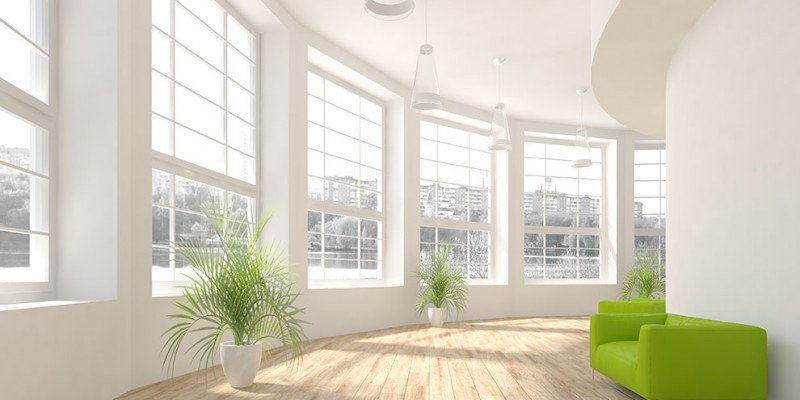Our journey with manmade light had begun. By enabling us to see, light is what connects us to the physical world. This ability to dispel darkness, as well as light’s innate beauty, and capacity to change how we experience a space, makes it one of the most important parts of our evolution. For these reasons light has long been used a symbol of good, of hope, and of life itself. It affects us deeply, both biologically (e.g affecting our sleep patterns) and psychologically.
The History of Lighting
Sitting gleefully around his campfire, early man revelled in his discovery of how to control fire and thus light. His nights were no longer dark and cold, but filled with the mesmerising flame. Our journey with manmade light had begun.
Further sophistication soon came in the form of candles and oil lamps, which provided safer and more flexible lighting. Some countries today still use the term “foot-candles” as a measurement of light.
Daylight continues to play an important role, implement into building design.
The momentous discovery of how to control light made us safer at night, while allowing us to lengthen our days and spend more time with loved ones. It gave us a new tool to create beauty, and boosted our productivity. It also boosted our capacity for learning and creativity as we sat around reading and talking into the night.
In the 1800’s, electrical light was discovered and developed over a few decades of ground-breaking innovation, leading to Thomas Edison’s first commercially practical incandescent bulb. While incandescent lighting isn’t that different from fire (in that it wastes 90% of its energy as heat), it was a significant discovery that enabled better quality, safer, longer lasting, and easier to control light.
In the 1930’s a more efficient technology gained traction – fluorescent lighting. This was followed by other discharge lamps (metal halide, HPS etc). Discharge lamps still waste 2/3 of their energy as heat, but are so much more efficient than incandescent that 90% of all our light today is still produced by discharge lamps.
Fluorescent tubes progressed somewhat, the most recent being “T5” tubes, which are skinner, and more efficient (28W instead of the traditional 36W T8 tube). Discharge lamps also improved, the most efficient being High Pressure Sodium lamps, known for the strange orange glow of much streetlighting given their limited colour spectrum.
In the last part of the 20th century the CFL bulb was invented (essentially a more efficient fluorescent tube, squashed into a light bulb shape). 60W incandescent bulbs could now be replaced with 14W CFL bulbs; a massive energy saving which lead to widespread adoption of CFL bulbs. However most of us disliked them as they had poor quality light and took a while to warm up, and these “energy saver bulbs” have become synonymous with the mistruth that “eco” solutions mean sacrificing quality.
Solid State Lighting i.e. LED’s
First invented in the 1960’s, LEDs were originally limited to low power signal lights. LEDs gradually became more and more capable, and after we discovered how to produce white light using blue in the 1990’s, LEDs really took off.
While the above technologies create light as a bi-product of heat, LED uses a different process. Since the advent of electric light, the efficiency (amount of light product) has increased very slowly (1lm/W – 30lm/W) over 100 years. LED is a momentous breakthrough, with a theoretical efficiency of up to 350 lm/W.
The same goes for lifespan. While Thomas Edison created a bulb that lasted 1500hrs, we grew up with incandescent bulbs that only lasted 1,000hrs. A document written by a lighting cartel in the early 1900’s has been cited as stating no company was allowed to produce a light that lasted longer than 1,000hrs. Planned obsolescence is nothing new.
Then LED came along. For centuries the lifespan of a lightbulb barely improved, but LED changed that dramatically. There are already LED lights on the market with a 100,000hr lifespan; literally 100 times longer than incandescent. With finite resources and a growing population, this is an important leap forward.
As well as efficiency and lifespan, LED has many other benefits. LEDs are made out of plastic not glass, don’t contain poisonous mercury like discharge lighting, and run much cooler, making them significantly safer. Their low-heat also means lower air conditioning usage. Their focused beam of light limits glare and wasted light. They can change colour without the use of filters. They don’t produce UV, meaning less insects and less fading fabrics. The list goes on.
We’ve all experienced the frustration of climbing an unsteady ladder to replace a light in hard to reach spot that blows too often, the knee jerking shot of pain when we burn ourselves on a lightbulb, the shock of a high power bill, or the worrying crack of a glass when a mercury-filled “energy saver” bulb breaks. LED changes all of that.
Climate Change and Resource Depletion
While energy prices rise every year, and populations increase, producing electricity is one of the biggest contributors to climate change. 10% – 20% of global energy use is lighting. LED could drop this to 2%, a huge win in the fight against climate change.

Planned obsolescence
The long lifespan of LED is also an important step given our finite resources.
After becoming the fastest person to single-handedly sail the globe, Ellen MacArthur had an insight:
“…when you sail around the world in a boat, you take everything with you… you’re at sea for three months…You realise what finite really means, because what you have, is all you have, there simply is no more. I stepped off the boat at the finish line and I suddenly realised that in fact our global economy is no different… entirely dependent on finite resources.”
By the early 1900’s, lightbulbs had been invented which lasted more than 1,500hrs. However the 60W bulbs you and I grew up with only lasted 1,000hrs. They were literally designed to fail early. “Planned obsolescence” is not a conspiracy theory but a fact; until recently it was a concept taught to product designers at university.
Now that we’re realising the finite nature of our planet, this is starting to change. From long-lasting products with lifetime warranties (e.g. Black Wolf backpacks) to repairable items like re-fillable ink cartridges, we are making progress. The idea is not new either; past generations tried to fix things when they broke, and re-used their glass milk bottles.
Global standards like “cradle to cradle” now exist, and the concept of a “circular economy” is on the rise, where each part of a product can be re-used and put back into the value chain. This makes sense from an accounting perspective, because each product sold becomes part of our capital, rather than being sent to landfill.
With more than 50,000hr lifespan, LED lighting is a disruptive technology that gives us a chance to challenge out-dated ideas of planned obsolescence. But only if done right.
While many companies are intentionally reducing the quality and lifespan of LEDs to reduce upfront cost, other companies are looking at the long term costs and focusing on lights with more than 100,000hr lifespans and modular replaceable parts. Austep Lighting is one of these companies.
Other Technologies
- Induction lighting is a more efficient form of fluorescent lighting, used for industrial lighting. However it’s not as good as LED so doesn’t pose much threat.
- New technologies like Light Emitting Plasma (LEP) and Lasers may theoretically take over from LED for general lighting, however they are still in R&D phase.
- Organic LED (OLED) may also become more common, but has lower efficiency and shorter lifespan than LED.
- While these technologies don’t pose a threat to the LED market in the near future, LED will almost certainly be superseded at some point.
Further Note – Daylighting
Daylight products (e.g. high-tech Skylights) are a surprisingly under utilised light source given they provide free light for ½ the day. Barriers to adoption include control of glare and heat, complexity of installation and retrofitting, and the obvious limitation they don’t work at night. However they will surely become more common.
Until a few hundred years ago, the sun was our main form of light, and buildings were designed to utilise it. Like a child with a new toy, electric light has distracted us from this, but as we start to consider the long term affects on our finite and fragile planet, the sun will surely shine again.

